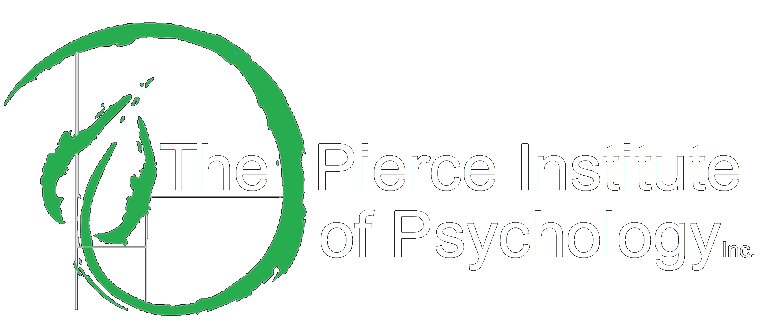
Cutting; a Parent asks for Help
“Hi there,
I was wondering if you were able to give me some information about cutting…my daughter is 13yrs old and is a cutter I don’t understand it and I am scared as a parent and most importantly for my daughter. We are getting help for her but I just don’t understand why she is not admitted in a hospital for further evaluation, and just the simple fact she is a harm to herself…the doctors are trying to explain it all to me, but again it really just seems like a blur, they tell me she is not suicidal…BUT she is harming herself…Please if you can provide me with any information to understand things a little easier would greatly be appreciated..
Thank-you T,”
 Hi T,
Hi T,
First some things to remember:
(1) Interestingly, “cutters” are much more common than most realize. Self mutilation has many forms and a long human history.
(2) It is not suicidal but rather a very dramatic way to call attention to one’s unresolved anger, frustration or confusion.
(3) Simply put, it is an unconscious way to get away from negative feelings which the child, or adult, does not know how to deal with at present.
(4) And it is also way to feel some sense of control of something, anything, in their life.
(5) They are unconsciously seeking to be loved in a way which usually gets them immediate attention from people around them.
(6) They just don’t know how to deal with the chaos they perceive in their life.
(7) They are very treatable and usually respond quite quickly with effective interventions.
Let me tell you about Tom, a 14 year old “cutter”, who was brought to me by his Dad and Step Mom several years ago. He was a kid who loved to draw and even wrote poetry on occasion. He was the oldest in a blended family struggling with a burnt out Father and a Step Mom struggling to keep the family together. He had few friends in school but did well academically. But he was confused a lot about being abandoned by his Mother, frustrated about how to help his Dad cope, worried about his younger sisters aged 2 and 9 years. Since he was the oldest child, he felt he should be able to help them but all he saw was things getting progressively worse and he felt angry with himself for not being able to control his family’s challenges.
 He said the pain from cutting was minor to him and he felt a sense of control when he watched the blood run down his arms. It was like by cutting, at least, he had control. I explained to him how there are no accidents in his history and that every “bad” event has an equilibrating “good” part for each person. We discussed this at some lengths with examples we drew from many parts of his life which were clear to him. Then we moved on to the tougher ones, where he had some “blind” spots. Here is a paraphrase of one of our discussions.
He said the pain from cutting was minor to him and he felt a sense of control when he watched the blood run down his arms. It was like by cutting, at least, he had control. I explained to him how there are no accidents in his history and that every “bad” event has an equilibrating “good” part for each person. We discussed this at some lengths with examples we drew from many parts of his life which were clear to him. Then we moved on to the tougher ones, where he had some “blind” spots. Here is a paraphrase of one of our discussions.
I said, “Tom, what are the two sides to cutting your arms?”
Tom responded, “Well, the bad part is it hurts a bit and some people think I’m weird to do it, but the good part is I get to feel its something I created for a change and at least I control how long it hurts!”
I asked, “So are you saying you feel in control, empowered in a way, when you cut yourself?”
Tom said: “Yes, I guess that’s true…but I never thought of it that way before!”
I asked, “Would it be fair to say when you feel the most powerless and frustrated is when you have the urge to cut yourself?”
Tom responded, “Well the last time was the night Dad and my Step Mom were arguing about money at the supper table and I felt like I should be helping in some way but I didn’t know how!”
 This was the pattern of Tom’s thinking and awareness. We spent several sessions looking at each event where he felt powerless and uncovering how it served him to perceive himself in the situation in this powerless way. He went on to uncover how it enabled him to grow in very specific ways. The big ones for Tom were: to clarify his role and responsibilities in his family; to define the limits of his role and responsibilities; to uncover how the family’s challenges uncovered his self worth, his creativity, his devotion to his family and his successful school career. We then looked at how each challenge served each of his family members creating the close, hardworking family unit in which he lived. This process enabled Tom to notice the many areas of his life where he was empowered and the many ways in which he was loved by his family. He even identified how feeling abandoned by his Mother helped him learn to be an independent, creative and responsible person.
This was the pattern of Tom’s thinking and awareness. We spent several sessions looking at each event where he felt powerless and uncovering how it served him to perceive himself in the situation in this powerless way. He went on to uncover how it enabled him to grow in very specific ways. The big ones for Tom were: to clarify his role and responsibilities in his family; to define the limits of his role and responsibilities; to uncover how the family’s challenges uncovered his self worth, his creativity, his devotion to his family and his successful school career. We then looked at how each challenge served each of his family members creating the close, hardworking family unit in which he lived. This process enabled Tom to notice the many areas of his life where he was empowered and the many ways in which he was loved by his family. He even identified how feeling abandoned by his Mother helped him learn to be an independent, creative and responsible person.
With a clearer understanding of how his family’s challenges helped them to stay a strong and loyal family, he was able to also notice the he had power in many places in his life and his need to cut was resolved. Eventually his progress convinced his Dad to also seek help with his own challenges.
Every family is perfectly dysfunctional which means each person plays a special role in keeping the family balanced. Every child is a lesson in love for each parent. So every child has the perfect parent so they can learn to uncover more self appreciation. And every parent has the perfect child so they can grow in their own self worth. So T, it may be you would also benefit from talking to a professional about how you are dealing with your daughter’s behaviour. Many parents guilt themselves which can be a waste of time and energy unless you use it to motivate yourself to learn and evolve yourself.
Ken Pierce
Please feel free to contact me if I can assist you further via my email: ken@clarendonconsulting.com or my direct line at (1-902-569-3710)
Tag:children, control, cutting, depression, empowerment, love, strong




1 Comment
It’s an amazing article in favor of all the internet users; they will obtain advantage from it I am sure.